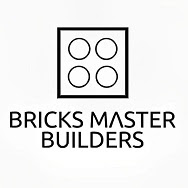Imagine needing a machine component to move in a precise straight line, but without the use of a guiding track. That's where straight line mechanisms come in! These clever devices take rotary motion, like the turning of a crank, and convert it into near-perfect or exact straight line motion for a designated point.
Let's explore the world of straight line mechanisms and see how they make the seemingly impossible, possible.
The Need for Straight Line Motion
Straight line motion is fundamental in many machines. From the reciprocating pistons in car engines to the cutting tools in CNC machines, precise linear movement is crucial for various functions. While sliding surfaces can achieve straight line motion, they introduce friction and wear. Straight line mechanisms offer a more efficient and controlled alternative.
How They Work
There are many ingenious designs for straight line mechanisms, but they often share some common features. Many utilize linkages, which are connected rigid elements that allow for controlled movement. A popular type of linkage is the four-bar linkage, where four bars are connected by joints to form a closed loop. By carefully designing the lengths and arrangement of the bars, engineers can create a mechanism where a specific point on one of the bars travels in a near-perfect straight line as the other bars rotate.
Common Examples
- Watt's Straight Line Mechanism: This ingenious design, developed by James Watt for steam engines, uses a four-bar linkage to guide the piston rod in an approximate straight line.
- Scott-Russell Mechanism: This mechanism offers a more precise straight line path compared to Watt's design. It achieves this by using a combination of sliding and turning pairs.


No comments:
Post a Comment